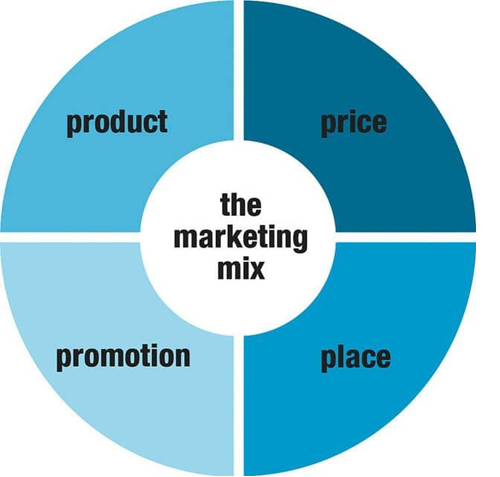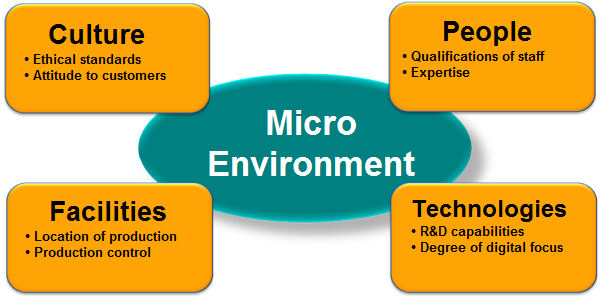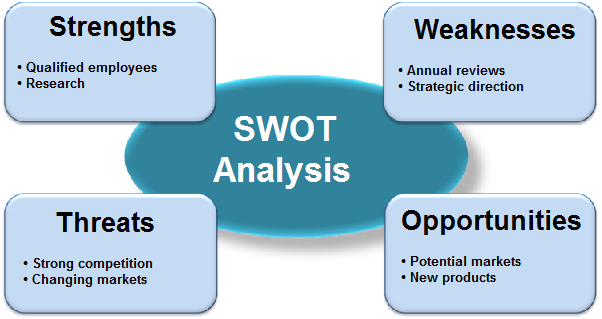A NIKE SWOTAnalysis and PESTLE analysis helps review its Marketing strategy and its performance against all the external and internal factors. You need help with Nike SWOT & PESTLE Analysis Marketing case study assignment from a reputed service provider online organization.
NIKE Strategy Marketing Management Case Study Answers
Nike hit the ground running in 1962. Originally known as Blue Ribbon Sports, the company focused on providing high-quality running shoes designed for athletes by athletes. Founder Philip Knight believed high-tech shoes for runners could be manufactured at competitive prices if imported from abroad. Nike’s commitment to designing innovative footwear for serious athletes helped it build a cult following among U.S. consumers.
Nike believed in a “pyramid of influence” in which the preferences of a small percentage of top athletes influenced the product and brand choices of others. From the start its marketing campaigns featured accomplished athletes.
Runner Steve Prefontaine, the first spokesperson, had an irreverent attitude that matched the company’s spirit.
In 1985, Nike signed up then-rookie guard Michael Jordan as a spokesperson. Jordan was still an up-and-comer, but he personified superior performance. Nike’s bet paid off—the Air Jordan line of basketball shoes flew off the shelves and revenues hit over $100 million in the first year alone. As one reporter stated, “Few marketers have so reliably been able to identify and sign athletes who transcend their sports to such great effect.”
In 1988, Nike aired the first ads in its $20 million “Just Do It” ad campaign. The campaign, which ultimately featured 12 TV spots in all, subtly challenged a generation of athletic enthusiasts to chase their goals. It was a natural manifestation of Nike’s attitude of self-empowerment through sports.
As Nike began expanding overseas to Europe, it five-hour found that its U.S.-style ads were seen as too aggressive.
Nike realized it had to “authenticate” its brand in Europe, so it focused on soccer (known as football outside the United States) and became active as a sponsor of youth leagues, local clubs, and national teams. However, for Nike to build authenticity among the soccer audience, consumers had to see professional athletes using its product, especially athletes who won. Nike’s big break came in 1994 when the Brazilian team (the only national team for which Nike had any real sponsorship) won the World Cup. That victory transformed Nike’s image in of Hoops by Foot Locker, which offers only basketball products by Nike brands such as Converse and Jordan.
Recently, Nike’s lead in the running category has grown to 60 percent market share thanks to its exclusive partnership with Apple. Nike+ (Plus) technology includes a sensor that runners put into their running shoes and a receiver, which fits into an iPod, iTouch, or iPhone. When the athlete goes for a run or hits the gym, the receiver captures his or her mileage, calories burned, and pace and stores it until the information is downloaded. Nike+ is now considered the world’s largest running club.
NIKE strategy marketing management case study Analysis and Answers
In 2008 and 2009, Nike+ hosted the Human Race 10K, the largest and only global virtual race in the world. The event, designed to celebrate running, drew 780,000 participants in 2008 and surpassed that number in 2009. To participate, runners register online, gear up with Nike+ technology, and hit the road on race day, running any 10K route they choose at any time during the day. Once the data is downloaded from the Nike+ receiver, each runner’s official time is posted and can be com- pared to the times of runners from around the world.
Like many companies, Nike is trying to make its com- pany and products more eco-friendly. However, unlike many companies, Nike does not promote its efforts. One brand consultant explained, “Nike has always been about winning. How is sustainability relevant to its brand?” Nike executives agree that promoting an eco-friendly message Europe from a sneaker company into a brand that represented emotion, allegiance, and identification. It also helped launch Nike into other international markets over the next decade, and by 2003, overseas revenues surpassed U.S. revenues for the first time.
In 2007, Nike acquired Umbro, a British maker of soccer-related footwear, apparel, and equipment. The acquisition helped boost Nike’s presence in soccer as the company became the sole supplier of uniforms to over 100 professional soccer teams around the world.
Nike focused its efforts on international markets, especially China, during the 2008 Summer Olympics in Beijing. Although Nike’s rival, Adidas, was the official sponsor of the Olympic Games, Nike received special permission from the International Olympic Committee to run Nike ads featuring Olympic athletes during the games. In addition, Nike sponsored several teams and athletes, including most of the Chinese teams and 11 of the 12 high-profile members on the United States men’s basket-ball teams. That year, sales in the Asian region grew 15 percent to $3.3 billion and Nike’s international divisions grew to 53 percent of the company’s revenue. Some believed Nike’s marketing strategy during the Olympics was more effective than Adidas’s Olympic sponsorship.
NIKE Global Case Study Anaysis
In addition to expanding the brand overseas, Nike successfully entered new athletic footwear, apparel, and equipment product categories by using endorsements from high-profile athletes and consumer outreach pro-grams. The Nike Golf brand, endorsed by Tiger Woods, has changed the way professional golfers dress. Tiger’s powerful influence on the game and his Nike emblazoned style have turned the greens at the majors into “golf’s fashion runway.” In addition, Nike has used the superstar to help build its relationship with consumers. In 2009, it launched a Tiger Web Talkback session at nikegolf.com, where fans could ask questions and hear Tiger talk about golf. The session was part of a nationwide Nike Golf con-sumer experience day, which included equipment demos, long-drive contests, and in-store specials.
In tennis, Nike has aligned with Maria Sharapova, Roger Federer, and Rafael Nadal to push its line of tennis- clothing and gear. Some called the famous 2008 Wimbledon match between Roger Federer and Rafael Nadal—both dressed in swooshes from head to toe—an hour Nike commercial valued at $10.6 million.
Nike teamed up with seven-time Tour de France champion Lance Armstrong not only to sell Nike products but also to help Armstrong’s LIVESTRONG campaign. Nike designed, manufactured, and sold over 70 million yellow LIVESTRONG bracelets, netting $80 million for the Lance Armstrong Foundation. It also featured Armstrong’s message of survival, willpower, and giving in a series of Nike commercials.
To promote its line of basketball shoes and apparel, Nike continues to feature basketball superstars such as Kobe Bryant and LeBron James. In addition, it formed a partner-ship with Foot Locker to create a new chain of stores, House would distract from its slick high-tech image, so efforts like recycling old shoes into new shoes are kept quiet.
Today, Nike dominates the athletic footwear market with a 31 percent market share globally and a 50 per-cent market shares in the United States. Swooshes abound on everything from wristwatches to skateboards to swimming caps. The firm’s long-term strategy focuses on basketball, running, football, women’s fitness, men’s training, and sports culture. As a result of its successful expansion across geographic markets and product categories, Nike is the top athletic apparel and footwear manufacturer in the world, with corporate fiscal 2009 revenues exceeding $19 billion.
Nike Case Study Questions
- What are the pros, cons, and risks associated with Nike’s core marketing strategy?
- If you were Adidas, how would you compete with Nike?
In 1998, two Stanford University PhD students, Larry Page and Sergey Brin, founded a search engine company and named it Google. The name plays on the number googol—1 followed by 100 zeroes—and refers to the massive quantity of data available online that the company helps users find. Google’s corporate mission is “To organize the world’s information and make it universally accessible and useful.” From the beginning, Google has strived to be one of the “good guys” in the corporate world, supporting a touchy-feely work environment, strong ethics, and a famous founding credo: “Don’t be evil.”
The company has become the market leader for search engines through its business focus and constant innovation. As Google grew into a primary destination for Web users searching for information online, it attracted a host of online advertisers. These advertisers drove Google’s revenue by buying “search ads,” little text-based boxes shown alongside search results that advertisers pay for only when users click on them. Google’s search ad pro- gram, called AdWords, sells space on its search pages to ads linked with specific keywords. Google auctions off the keyword ads, with prime keywords and page locations going to the highest bidder. Google recently added a program called AdSense, which allows any Web site to display targeted Google ads related to the content of its site. Web site publishers earn money every time visitors click on these ads.
In addition to offering prime online “real estate” for advertisers, Google adds value by providing tools to better tar-get their ads and better understand the effectiveness of their marketing. Google Analytics, free to Google’s advertisers, provides a custom report, or dashboard, detailing how Internet users found the site, what ads they saw and/or clicked on, how they behaved while there and how much traffic was generated. Google client Discount Tire was able.
NIKE SWOT & PESTLE Analysis
Fitting the Marketing tools together (The Marketing Mix)
Micro Environment – focus on the internal environment and controllable elements within an organisation
Macro Environment PESTEL – focus on the external environment and elements beyond organisational control

SWOT analysis is for internal and external environment





